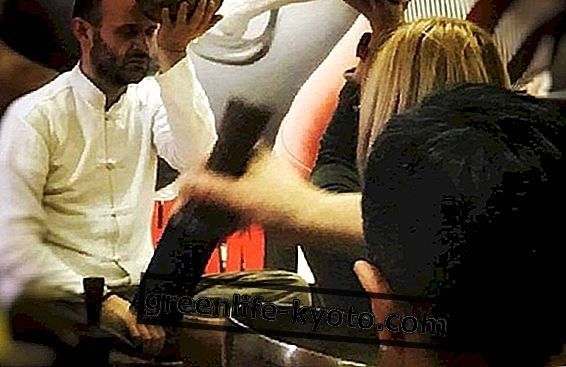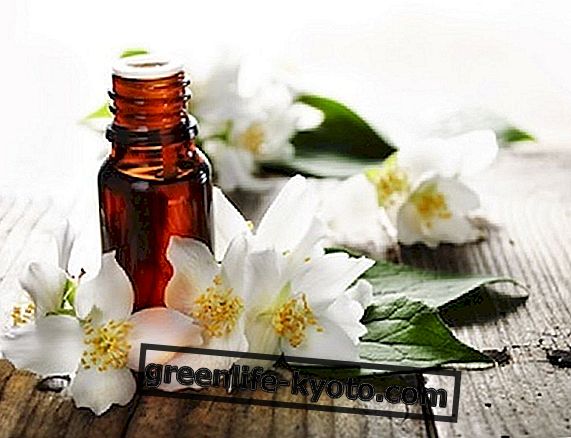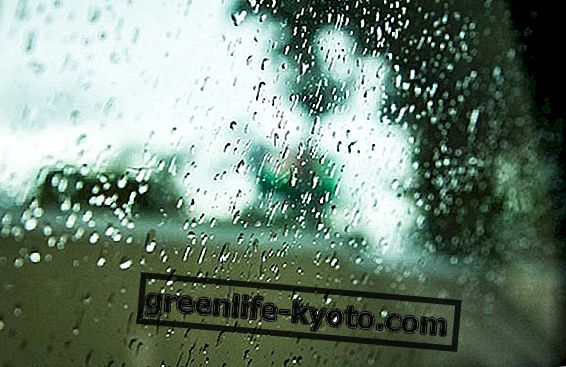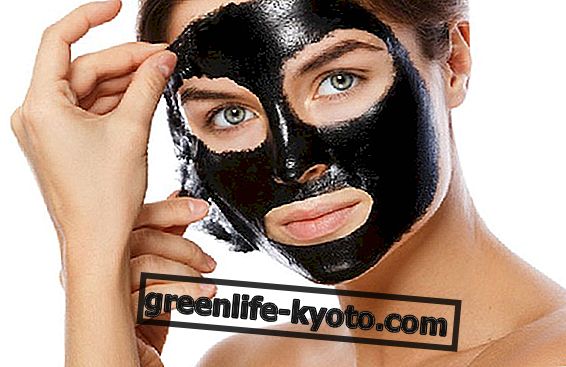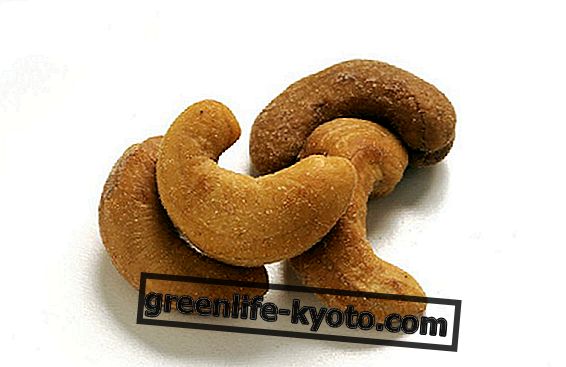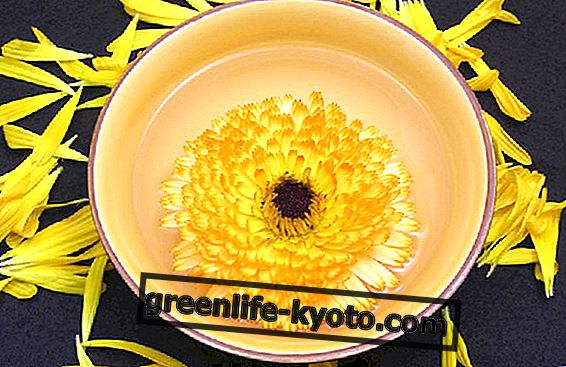
What is energy medicine?
In a living being there is matter and energy: if there were no energy, matter would not be living; if the energy were altered, there would be a disease. Energy medicine studies and treats this energy present in humans.
How does our energy originate? From cellular respiration. We are talking about a concept of breathing that is very different from what is commonly understood: can it delve into and explain this concept?
Breathing as we commonly understand it would serve no purpose if oxygen did not reach the cells, where the engine of our organism roars. In fact, inside all our cells there is a kind of engine called mitochondria which, like the engine of a car, is fueled by fuel (glucose, various types of fat, amino acids, etc.) and comburent (oxygen ).
However, to supply our mitochondria with fuel and oxygen and achieve cellular respiration, the lungs alone are certainly not enough: instead, all the organs of our body are required (in their complexity that often hinders this overview) except those aimed at reproduction.
In fact, all the digestive system and its exocrine and endocrine glands, the kidneys and all the urinary tract, the muscles and all the protein structures of our body, the subcutaneous and visceral fat deposits, all participate in the production of fuel for our mitochondria. Ultimately, this fuel originates from the transformation of the food we eat .
In the same way, all the respiratory system (from the nostril of the nose to the lung), the bone marrow, the blood, the kidneys, a part of the endocrine system and the spleen serve to capture, from the air we breathe, the oxygen to our mitochondria. The heart, blood and lymphatic vessels, blood and lymph, transport both the fuel we take from food and the oxygen we take from the air to the mitochondria, while at the same time removing the metabolic waste (such as anhydride) from the mitochondria. carbon).
In the list, which we could also lengthen with the insertion of other structures (such as the nervous system, the immune system, the skeletal system, etc.), therefore, almost the whole of our body is understood. We also note that the energy produced by the mitochondria thanks to the activity of the organs, serves them precisely to carry out their activity, as in the best virtuous circle. This virtuous circle makes its complexity its charm, its strength and, at the same time, its weakness.
It is in fact evident that any pathology of a single organ, in addition to achieving specific symptoms, also ends up being a problem for the production of energy, turning that virtuous and perfect circle of unalterable appearance into a vicious one.
How important is cellular respiration? If the importance of things is seen when they are lacking, this also applies to cellular respiration, whose blockage kills us: this is how, for example, cyanide works!
What is the energy that comes from cellular respiration? Both forms are fed from cellular respiration in which we can distinguish vital energy: electromagnetic energy (with polarization and depolarization of cell membranes) and chemical energy . Both can be studied and defined with the modern tools we have available today.
For example, it is possible to study and document the electrical flows of the organs through tests that we all know very well, such as the electrocardiogram, the electroencephalogram, etc. We have now also understood that chemical and electromagnetic energy are distinct, apparently opposite, but not separated, since one is the mutation of the other: it is shown in fact that there could be no chemical energy without variations in electric potential and vice versa.
Are these forms of energy important for our health? Sure. On the other hand, as we have said, one form of energy feeds the other and vice versa. This close relationship had already been intuited a lot in ancient times, even before it was understood scientifically. It is for example evident in the Chinese ideogram representing the vital energy: in the lower part of the ideogram a rice field is stylized, that is chemical energy; next to it is the stylized vapor that rises, or electromagnetic energy.
Therefore, the vital energy, so important for our body, we do not discover only today! Already the ancient western and Chinese medical schools had understood the importance of vital energy both in strengthening health, in the prevention of diseases, and in their treatment. The vital energy was called "CHI" in traditional Chinese medicine and "VIS MEDICATRIX NATURAE" by the founders of Western medicine, Hippocrates and Galen.
All over the world, therefore, medicine was geared towards enhancing health and curing diseases by supporting the vital energy of our body : there were no other possibilities. Today, on the contrary, the therapeutic and diagnostic possibilities seem enormous to us. Then, taking up your question again, I can tell you that today we do not discover the importance of vital energy at all, rather we tend to forget it!
In fact, in the search for improvement and healing, the therapeutic tools become more powerful and the sick and the doctors themselves tend to rely totally on them, thus concentrating only on the disease and often forgetting to support the patient in the effort to face the double burden of the disease and its therapy.
Chinese and western medicine
How has Chinese medicine studied human energy? About 5, 000 years ago, very original observations were made in China on the occasion of war and hunting events. In fact, the beneficial power of different types of stimulation (heat, pressure, puncture, cut, etc.) had been noticed when performed on specific points.
Du Mai energy channel and its points
These observations were then the starting point for more specific studies that were collected and synthesized in 2697 BC by Huang Di, also known as the Yellow Emperor because he was the legendary leader of a great Chinese tribe who lived near the Yellow River. It is precisely in Huang Di that we owe the first book of internal medicine, the "Huang Di Nei Ching".
Chinese medicine, however, had its enormous development thanks to the medical researches developed during the period of the fighting states, that is from 500 BC to 217 BC, in which there was a continuous and violent war between all the states of China. The end of the fighting states coincided with the final victory of a single state (Qin) over all others and the consequent formation of the first Chinese empire.
Meanwhile, for about 300 years, the doctors of each state had had the need to better treat the wounded on the battlefield, and to this end they had conducted in vivo medical experiments on prisoners, passed down in history as the famous "Chinese torture" ! Is this why Chinese medicine is particularly famous for the treatment and control of pain of the most varied nature?
In fact, it is only in " in vivo" studies that pain control can be studied. With the " in vivo" studies, however, it is explained above all, more generally, also the great Chinese development of the knowledge of vital energy, such as its regulation and its course in the whole of our organism . From a common vision of the human body, why did Chinese and Western medicine have developed differently?
Chinese medicine will continue, even after the founding of the empire, to develop the concept of vital energy (CHI) that it had deepened during the period of the fighting states. Even in the West there were very bitter armed conflicts but the advent of Christianity changed the attitude towards prisoners and, even when there were tortures, they were not conducted by doctors for scientific purposes but by warriors for military purposes.
The Christian "pietas" towards the living and the dead, also led to the impossibility of Western doctors to carry out studies even on corpses. It took then two centuries from the end of the Middle Ages (1700 AD) and all the tenacity of Giovan Battista Morgagni from Forlì, because in the West they began to use the corpses, systematically and officially, to study the structure and the functioning of the human body .
But how much vital energy, how much electromagnetic flux, how much metabolic and digestive activity can be found in the corpses? This is when the knowledge of vital energy in its electromagnetic component escaped Western medicine, concentrating instead on the chemical one.
Therapeutic instruments
What are the tools of Western medicine to support human energy? The western doctors of the past, treated the sick mainly by supporting their chemical energy with the prescription of infusions of very specific herbs, with the local applications of particular mud, herbs and vegetables, with revulsive applications, with blood-letting, with rest and with adequate nutrition.
Even today, for example, we could hear the great old men telling that "once, to eat well you had to be sick"! In fact, especially the nutrition and the food used almost as a drug, were the real highlight of Western medicine that would still be very valid today, a time of great availability of food and, paradoxically, also a time of frequent and undervaluing nutritional deficiencies that often trigger a confused and exaggerated search for food or the use of supplements, unfortunately often aiming at and choosing badly both their quantity and their quality and above all not taking into account the domino effect that the arrival of an integrator determines in the metabolism.
What are the tools of Chinese medicine to support human energy? There are tools dedicated to the sick and others dedicated to the healthy. Acupuncture, moxibustion and massage are used in the patient and act physically along the ways of energy flow. Foods and herbs, in different formulas, as well as physical and respiratory exercises, are used for both the healthy and the sick.
Are Chinese medicine and Western medicine to be considered complementary or alternative? Complementary! Chinese medicine has indeed studied the human body "in vivo", understanding the flow of our electromagnetic energy. It is on this flow that the therapeutic tools of traditional Chinese medicine act.
Western medicine has instead focused on supporting our chemical energy and has specialized since 1700 AD in the identification of anatomical lesions of the organ to which a symptomatology and a cure consists of a pharmacological and / or surgical intervention. For a sin of origin, Chinese medicine and Western medicine have then deficiencies of anatomical, physiopathological and therapeutic knowledge that are mutually compensated.
However, the human organism is one and the more complete its knowledge and the more complete our health and the cure of our pathologies can be.
In which diseases can vital energy intervention be useful? When well interpreted, Chinese medicine as well as Western medicine, in addition to enhancing the healthy, treat the patient, not the disease. This is also my vision, in which the body is a harmonious unit and not a set of distinct pieces.
It would therefore be a serious mistake to draw up a list of pathologies and label them as treatable with a series of therapeutic interventions. To have a therapeutic indication, the most serious thing that can be done is simply to rely serenely on the opinion of a doctor who knows how to integrate Chinese and Western medicine and have studied in depth the subject we talked about, knowing how to exploit its potential.
Can you at least give some examples of who would benefit from taking care of your energy? All healthy! In particular those who are energy consumers are great consumers: sportsmen, students, pregnant women, etc.
And the sick? Everyone would benefit, because, as we said, they have to fight on a double front, supporting both the weight of the disease and the therapy, often as effective as it is tiring. If you really want me to generalize, I can say that in metabolic, digestive and rheumatic diseases you can think of having a good potential for intervention.
This can also apply to respiratory diseases in which the pulmonary breathing defect can partly be compensated by optimizing cellular respiration. The important thing, in all cases, is however to evaluate the specificity of the individual patient in order to understand, in science and conscience, if it is really worthwhile to intervene and, above all, if we can satisfy the expectation of those who ask us for help.
Dr. Gian Luca Ghisolfi
